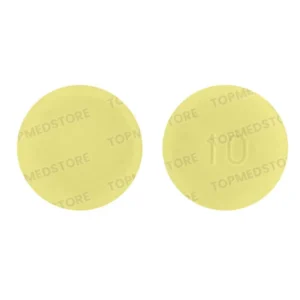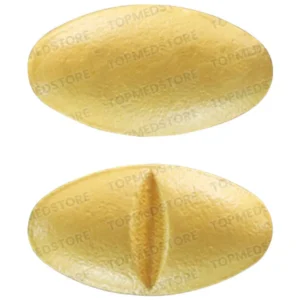Showing all 2 results
Obsessive Compulsive Disorder i.e. OCD. According to the National Institute for National Health, 2.2% of adults in the U.S. are affected with OCD. Currently, it affects in the ratio of 1 in 40 adults and 1 in 100 children in the U.S. Among those affected with OCD 50.6% had a serious impairment, 34.8% had a moderate impairment, and 14.6% had mild impairment. From previous data, the prevalence of OCD was higher in women than men.
Recurring thoughts that make you anxious all the time and affect daily life are known as obsessions. Obsessions can be with cleanliness or safety or many others. When people suffer from OCD, they perform some tasks repeatedly called compulsions. These compulsions are a temporary relief for them. Sometimes these actions can make condition severe and hamper a person’s life. These repetitive actions disturb the daily life of that person.
Causes of OCD
The exact cause of OCD is not known. But, there are some known facts that cause or triggers OCD in people are mentioned below:
- Life changes: In life person is facing so many ups and downs, new job, childbirth like instances, which thrust more responsibility can trigger OCD
- Genetic factors: It can be inherited from the parent sometimes
- Biological/neurological factors: It might be the result of a chemical imbalance of serotonin in the brain
- Personal experience: OCD can happen to a person with severe trauma
- Behavioral factors: Some excessive behavior of a person like extremely organized, neat, and meticulous sometimes have the risk of OCD
Diagnosis of OCD
There are simple steps to diagnose OCD. The steps are as follow:
- Physical examination: It is to detect some other problems that can cause your symptoms and related complications
- Laboratory tests: You might need to perform tests like complete blood count (CBC), a check of your thyroid function, and screening for alcohol and drugs
- Psychological evaluation: The doctor will discuss with you about your thoughts, feelings, symptoms and behavior patterns
Symptoms of OCD
Changes in the compulsive behavior of a person can be signs of OCD. There are some common types of symptoms experienced with OCD as mentioned below:
- Cleanliness: People with OCD wash their hands repeatedly to avoid contamination. Or do similar things
- Order: Some people want everything in order like their books or cloths. They are arrange everything repeatedly
- Hoarding: People collect old newspapers, clothes, mails, and other objects for no reason
- Counting: People with OCD, count things for no reason. Like stairs, money, their other belongings repeatedly
- Safety: Such people behave little insecure and check doors or windows repeatedly that they are properly closed or not
Treatment for OCD
Anafranil is a popular brand drug used to treat OCD. Clomipramine is the active ingredient that contains in this medicine. Specgx LLC, is well-known pharmaceutical company offers this medicine. This medicine restores the balance of certain natural substances like serotonin, among others in the brain.
Fluvoxamine Maleate is the main active ingredient intended to treat OCD. Solvay is the renowned pharmaceutical company that offers Luvox, a popular brand medicine to treat this condition. This drug is a selective serotonin reuptake inhibitor medicine affects chemicals in the brain that may be unbalanced in people with obsessive-compulsive symptoms. It is intended to treat social anxiety disorder or social phobia, or obsessive-compulsive disorders involving recurring thoughts or actions.


